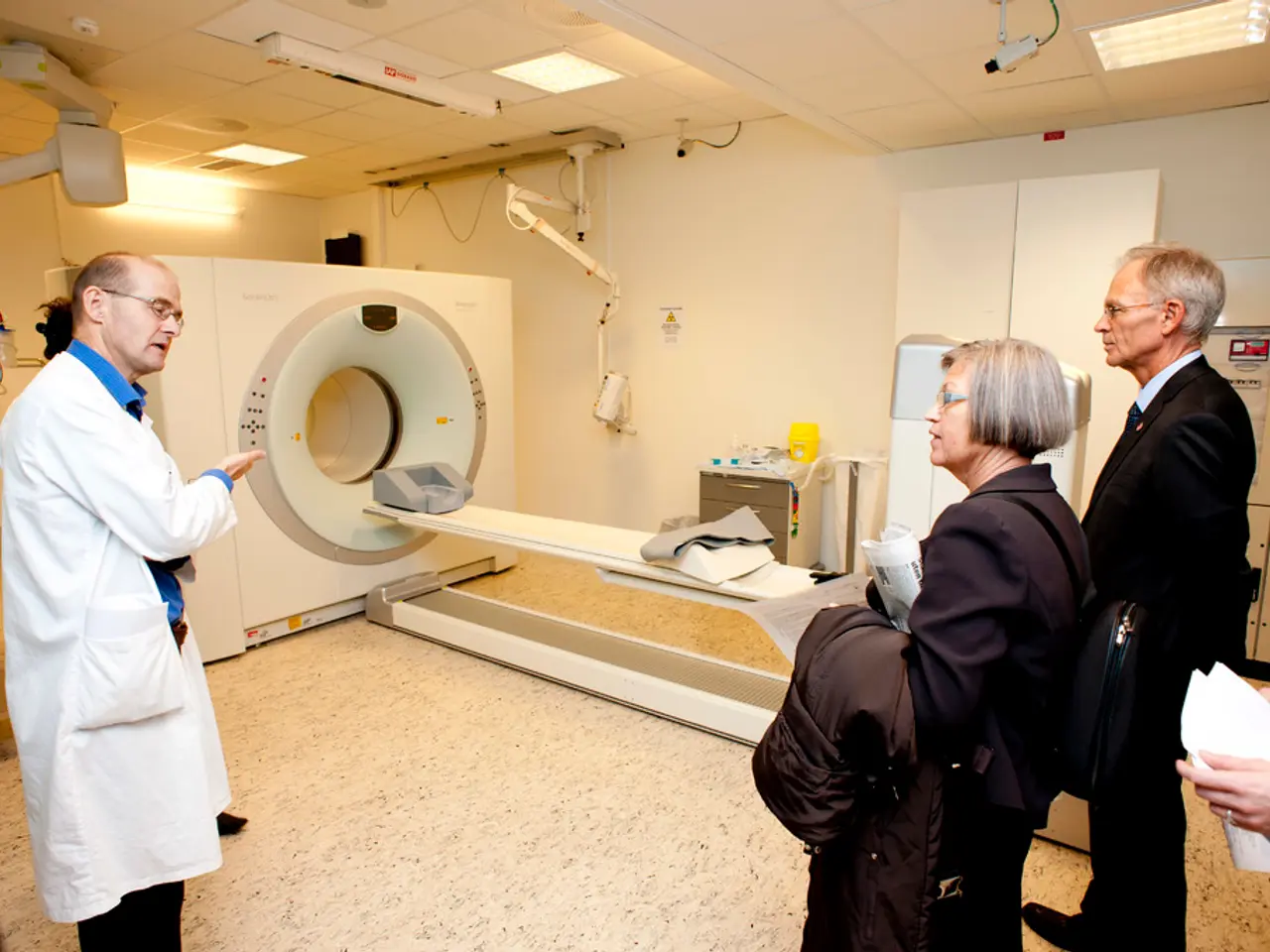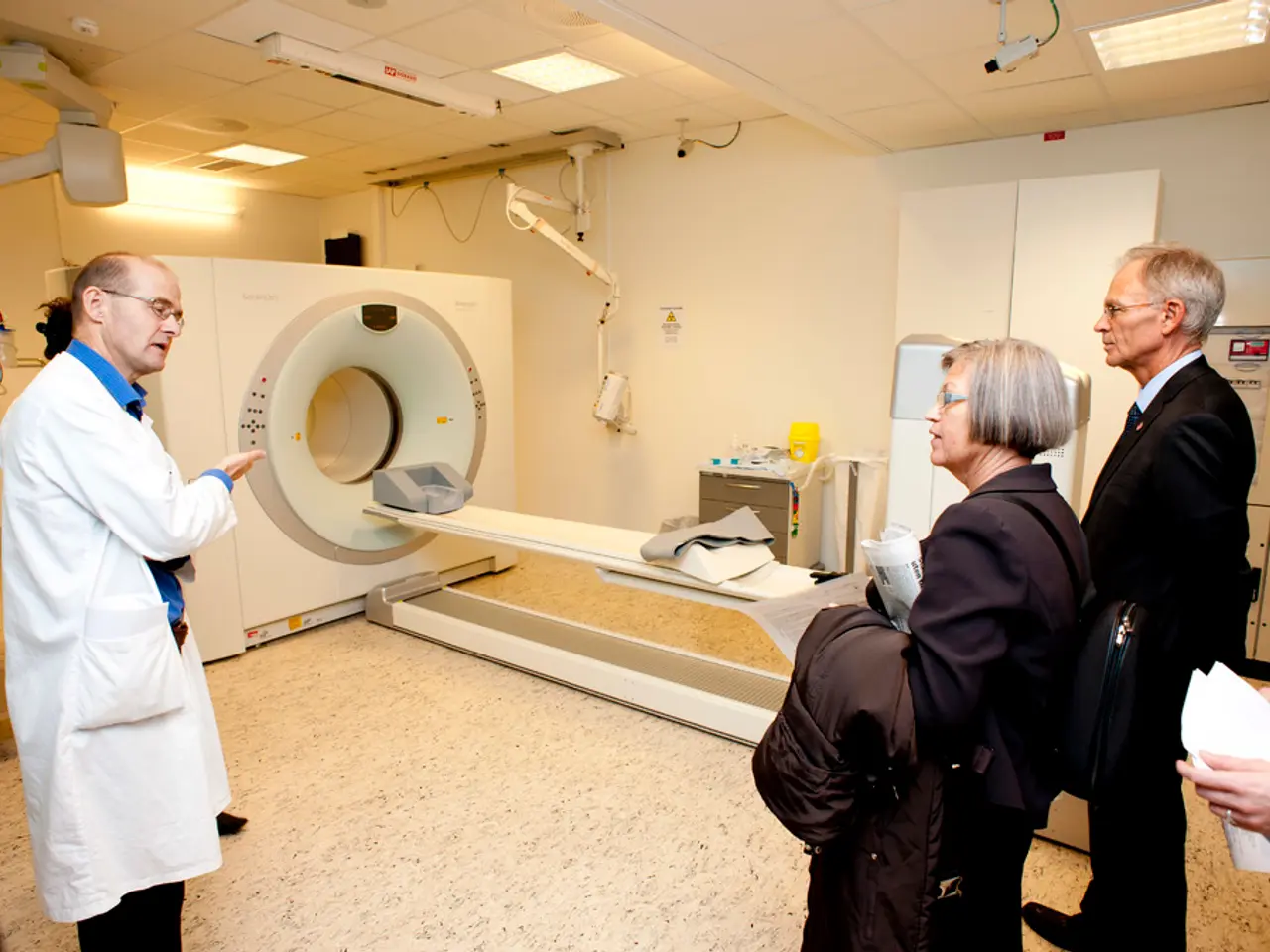Relocating a Dementia Sufferer to a Different State: Detailed Guide
Moving a loved one with dementia to a new state can be a daunting task, but with careful planning and consideration, it can be accomplished smoothly. Here's a comprehensive guide to help you navigate this process.
**Key Factors to Consider**
1. **Healthcare Continuity**: Research healthcare facilities and services in the new location that cater to dementia patients. This includes access to dementia care specialists and support services.
2. **Environmental Safety**: Ensure the new home is dementia-friendly, with safety modifications such as secure cabinets, non-slip mats, and adequate lighting.
3. **Social Support**: Consider the availability of support groups and social activities in the new location to help maintain social connections.
4. **Logistical Planning**: Involve professional movers who specialize in senior moves to minimize stress and ensure safe transportation of belongings.
**Essential Steps**
1. **Prepare the Patient**: Gradually introduce the concept of moving using clear, simple language and visual aids to help them understand.
2. **Choose a Specialized Mover**: Use a moving company that offers senior discounts and specialized services. Allied Van Lines, for instance, provides a free retirement relocation guide.
3. **Pack Familiar Items**: Keep favourite items and personal belongings visible during the move to provide comfort and familiarity.
4. **Set Up a Safe Environment**: Arrange the new home similarly to the old one to reduce disorientation and stress.
5. **Secure Healthcare Services**: Establish healthcare services in the new location before the move to ensure continuity of care.
**Emotional Support Strategies**
1. **Maintain Familiarity**: Bring familiar furniture and decorations to the new home to provide a sense of comfort and continuity.
2. **Support Network**: Arrange for regular visits from family and friends, and engage in social activities to combat loneliness.
3. **Encourage Activity**: Promote physical and mental activities, such as walking or puzzles, to keep the patient engaged and active.
4. **Emotional Support**: Be available to listen and provide reassurance, as moving can be emotionally challenging for dementia patients.
By carefully planning the move and providing emotional support, you can help ensure a smoother transition for the dementia patient. A checklist and task coordination with professional movers, gathering important documents, and notifying healthcare providers and establishing new care arrangements are essential steps in the moving process. Having family members or friends who can provide additional support can greatly ease the burden on primary caregivers.
Science plays a crucial role in understanding dementia and its progression, informing caregiver support strategies for mental health and overall health-and-wellness during the aging process. By considering factors like healthcare continuity, environmental safety, and social support, caregivers can create a dementia-friendly living space. Engaging in activities that promote physical and mental health, such as puzzles and walks, and providing emotional support can also help alleviate stress and maintain a sense of familiarity during the transition. It's essential to remember that move-related challenges can be emotionally taxing for aging individuals with dementia, so securing health services, forming a support network, and optimizing logistical planning are all essential steps in the process.




